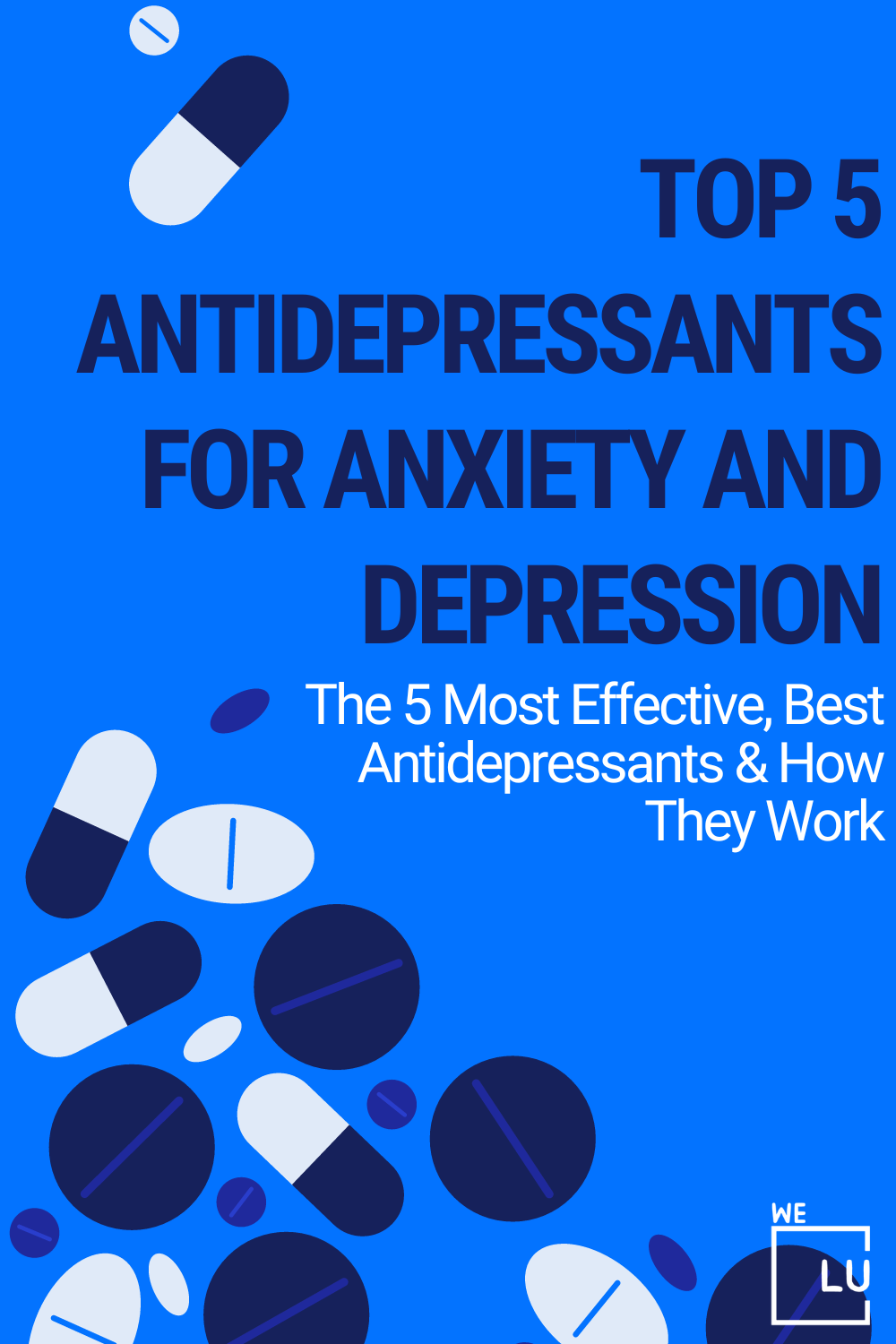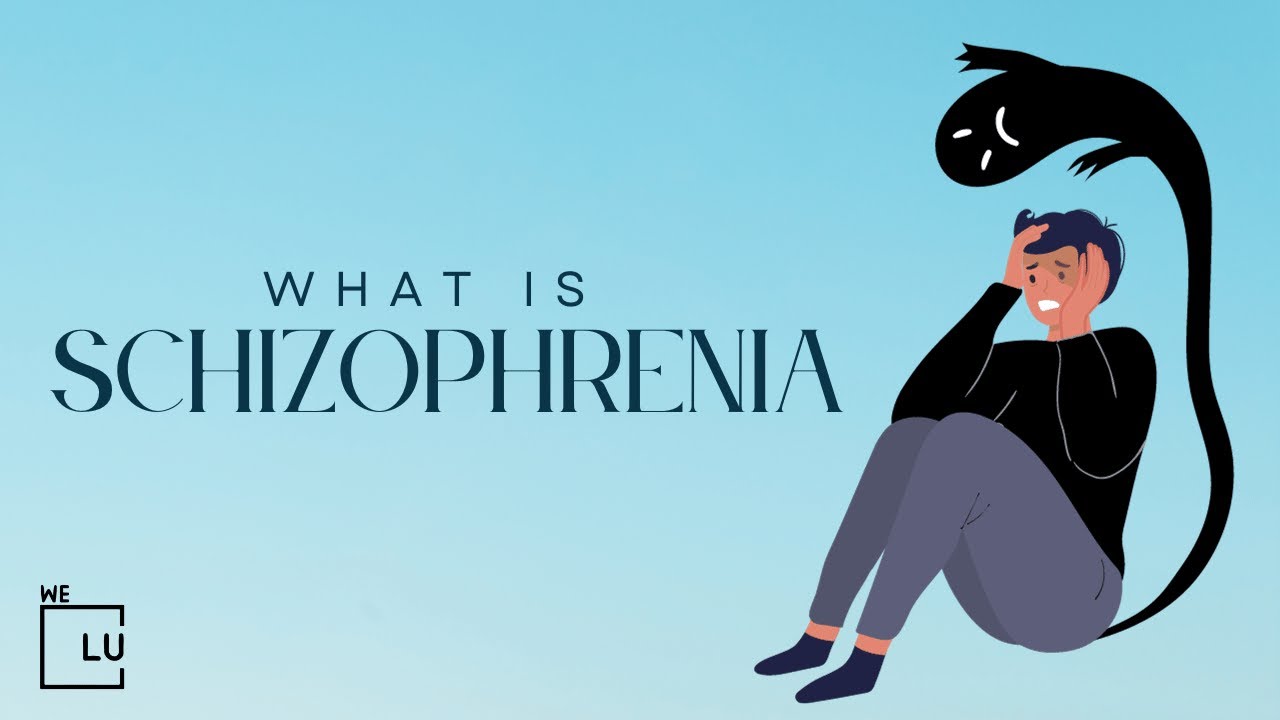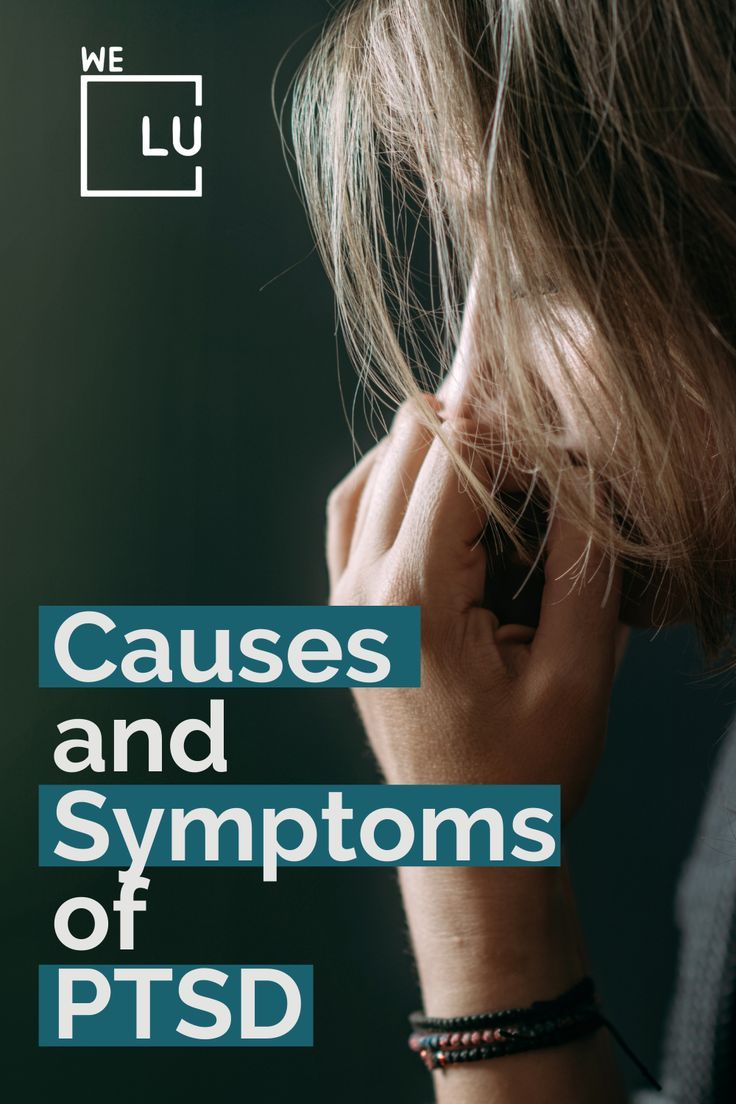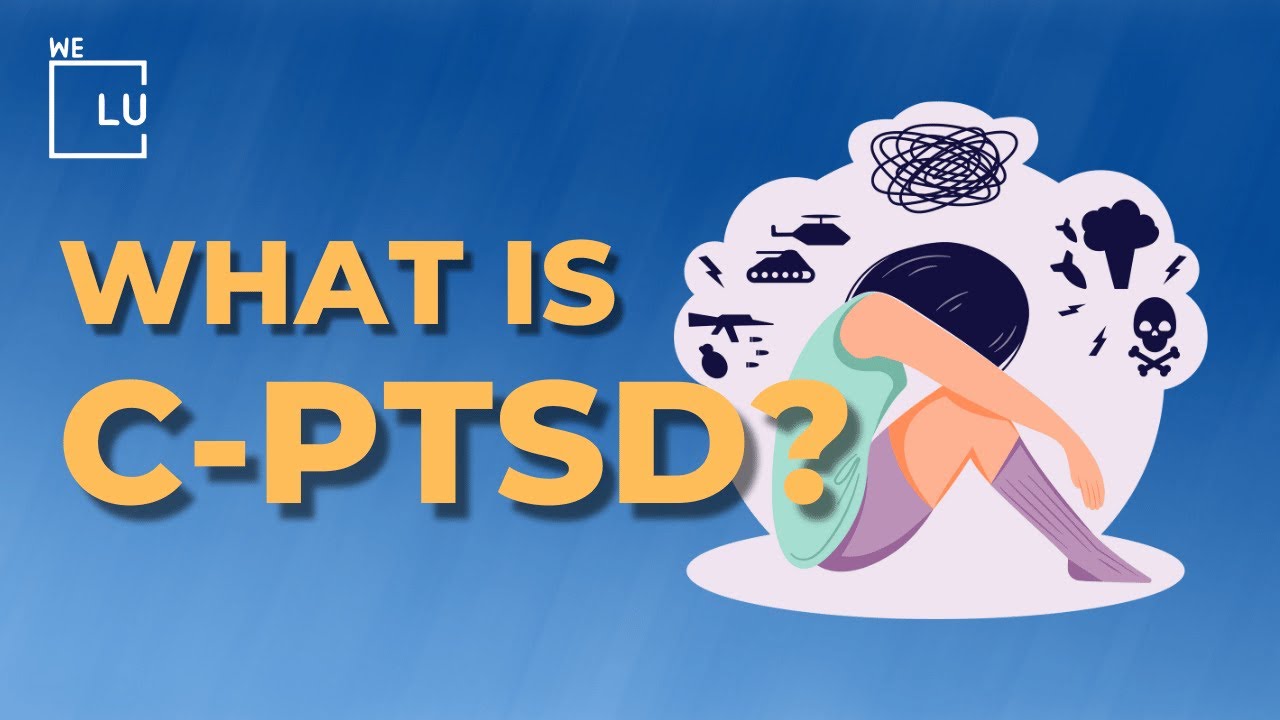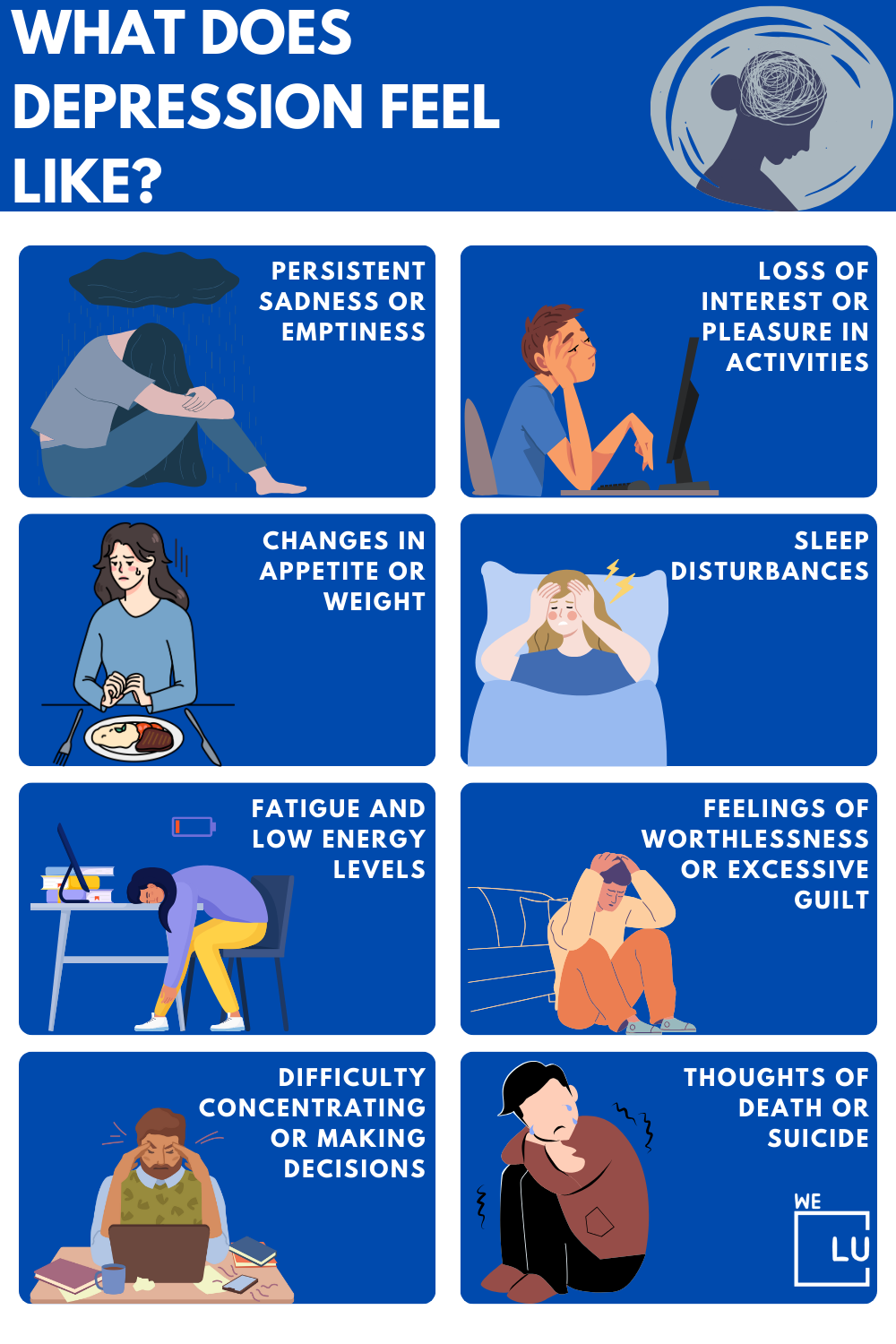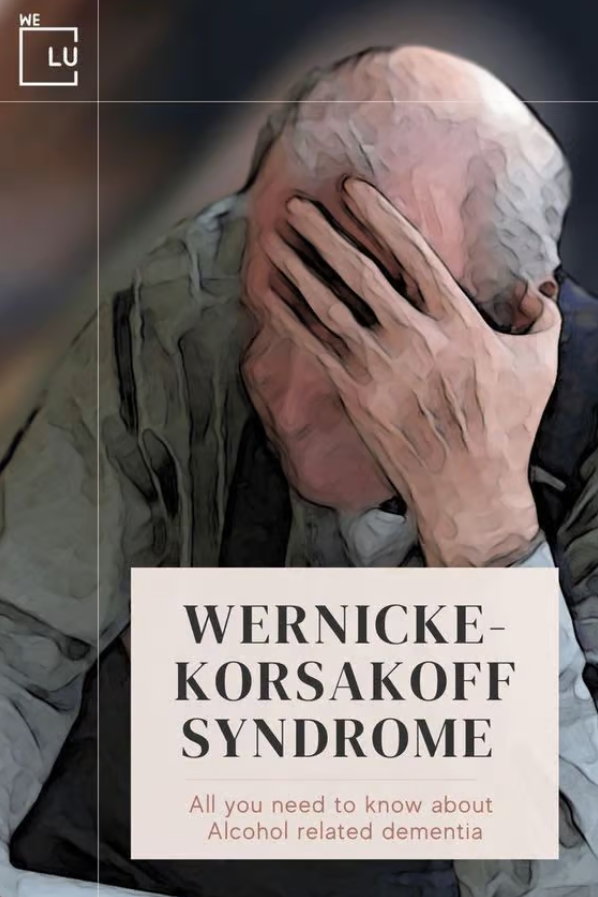What Is Major Depressive Disorder?
Clinical depression, or major depressive disorder (MDD), is a common mood condition that can impact anyone. The main sign is enduring intense feelings of sadness or irritability.
Feeling sad is normal when going through tough times, like losing a loved one or facing a challenging situation like a divorce or illness. These feelings usually fade with time. However, if someone consistently feels intensely sad for extended periods, it might be MDD.
Is There Good Major Depressive Disorder Medication?
Yes, several effective medications are available for treating Major Depressive Disorder (MDD), commonly referred to as depression.
These medications are typically prescribed by healthcare professionals, such as psychiatrists or primary care physicians, and can be an essential component of a comprehensive treatment plan for depression.
The choice of medication and its effectiveness can vary from person to person, and it often requires a period of trial and adjustment to find the most suitable option. Some common types of medications used to treat MDD include:
- Selective Serotonin Reuptake Inhibitors (SSRIs) are among the most commonly prescribed antidepressants. They include medications like fluoxetine (Prozac), sertraline (Zoloft), and escitalopram (Lexapro). SSRIs increase the availability of serotonin, a neurotransmitter associated with mood regulation.
- Serotonin-Norepinephrine Reuptake Inhibitors (SNRIs): Medications like venlafaxine (Effexor) and duloxetine (Cymbalta) are SNRIs. They work on serotonin and norepinephrine systems and are often prescribed for depression and anxiety disorders.
- Tricyclic Antidepressants (TCAs): Older antidepressants like amitriptyline and imipramine. These are less commonly used today due to more modern alternatives with fewer side effects.
- Atypical Antidepressants: This category includes medications like bupropion (Wellbutrin), which works on norepinephrine and dopamine, and mirtazapine (Remeron), which affects both serotonin and norepinephrine.
- Monoamine Oxidase Inhibitors (MAOIs): These are rarely used today because they require strict dietary restrictions and have significant interactions with other medications. They include phenelzine (Nardil) and tranylcypromine (Parnate).
- Ketamine: In recent years, ketamine and its derivatives have gained attention as a rapid-acting antidepressant for treatment-resistant depression. Ketamine is often administered intravenously or as a nasal spray.
- Electroconvulsive Therapy (ECT): ECT may be recommended in some severe cases of MDD that do not respond to medication or psychotherapy. ECT involves electrical currents to induce controlled seizures in the brain and is considered a highly effective treatment for severe depression.
The choice of medication depends on various factors, including the severity of depression, a person’s medical history, potential side effects, and individual responses to the drug. Individuals with MDD must work closely with a healthcare professional to determine the most appropriate treatment plan.
Medication is often combined with psychotherapy and lifestyle changes to achieve the best outcomes in managing depression. Additionally, ongoing monitoring and adjustment of the treatment plan may be necessary to ensure its effectiveness.
What Are The Major Depressive Disorder Symptoms?
Major Depressive Disorder (MDD), commonly known as depression, is a mental health condition characterized by a persistent and pervasive low mood or loss of interest or pleasure in most activities. Symptoms of MDD can vary in severity and duration, but they typically include:
- Persistent Sadness: Feeling consistently sad, empty, or hopeless most of the day, nearly every day.
- Loss of Interest or Pleasure: Marked loss of interest or pleasure in activities that were once enjoyable, including hobbies and social interactions.
- Changes in Appetite or Weight: Significant changes in appetite and weight, either increased or decreased, without intentional dieting.
- Sleep Disturbances: Insomnia (difficulty falling asleep or staying asleep) or hypersomnia (excessive sleep) nearly every day.
- Fatigue and Lack of Energy: Feeling constantly tired, even after adequate rest, and experiencing a lack of energy.
- Feelings of Worthlessness or Guilt: Persistent feelings of worthlessness, excessive guilt, or self-criticism.
- Difficulty Concentrating: Trouble concentrating, making decisions, and remembering things.
- Physical Symptoms: Experiencing physical symptoms like aches, pains, headaches, and digestive problems that don’t respond well to treatment.
- Psychomotor Agitation or Retardation: Restlessness or slowing down of physical movements noticeable by others.
- Suicidal Thoughts: Recurrent thoughts of death, suicidal ideation, or suicide attempts.
To receive a diagnosis of MDD, these symptoms should be present for at least two weeks and significantly affect an individual’s daily functioning. It’s important to note that not everyone with depression will experience all of these symptoms, and the severity of symptoms can vary widely.
What Are Major Depressive Disorder Recurrent Mild Symptoms?
Major Depressive Disorder (MDD) with recurrent mild symptoms refers to a form of depression where individuals experience multiple episodes of depression, but the signs are relatively mild in intensity. Recurrent mild MDD is characterized by:
- Recurrent Episodes: Individuals with this form of MDD experience multiple episodes of depression over time. These episodes may occur intermittently and are separated by periods of everyday mood.
- Mild Symptoms: The depressive symptoms during these episodes are less severe than those seen in more severe forms of depression. People may experience a low mood, loss of interest, and other depressive symptoms, but they can generally function in their daily lives to some extent.
- Duration: The episodes are typically shorter than more severe forms of MDD, often lasting a few weeks to a few months.
- Functional Impairment: While individuals with recurrent mild MDD can often continue with their daily activities, the symptoms can still cause some impairment in social, occupational, or other areas of functioning.
Even though the symptoms are mild, recurrent MDD can still significantly impact a person’s quality of life, and it may require treatment, such as therapy or medication, to help manage and prevent future episodes. It’s essential to consult with a mental health professional for an accurate diagnosis and to develop an appropriate treatment plan based on an individual’s needs.
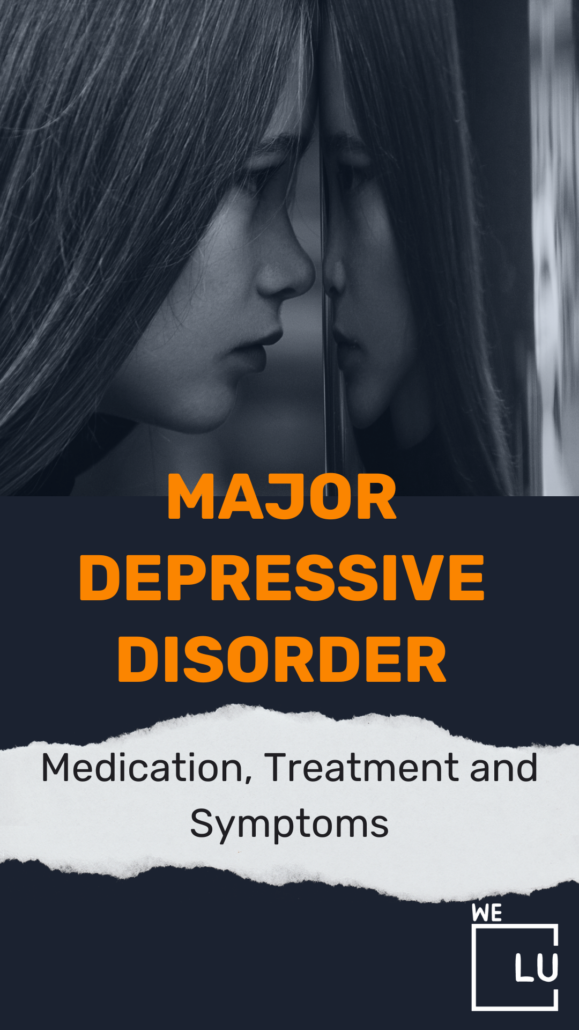
Skip To:
Learn More:
- Depression and ADHD: What’s the Link?
- Autism and Depression Connection, Diagnosis & Treatment
- Signs of Depression in Men, Causes, & What to Know
- Rehab for Depression & Anxiety Treatment
- Depression and Anxiety Therapist Fort Lauderdale. EMDR Therapy Fort Lauderdale.
- Learn How to Cope with Depression. 10 Ways to Cope with Depression.
- Are There Stages of Depression? Understanding Symptoms, Causes, and Effective Treatments
- Atypical Depression. What Is It? Symptoms & Treatment
- Unipolar Depression Definition, Symptoms & Treatment
- What Does Depression Feel Like? Symptoms & Early Signs
Major Depression Symptoms in Different Age Groups
Symptoms Of Major Depression in Young Adults
- Onset or increased use of substances (i.e., alcohol, smoking).
- Poorer academic performance.
- Problems with peers.
- Increased social withdrawal/isolation.
Symptoms Major Depression in Older Adults
The signs of depression in older persons are comparable to those in other age groups. When other medical issues cannot explain an older person’s physical pain, it is frequently the cause. Alzheimer’s disease and other dementias are commonly accompanied by depression. Sometimes, people refer to it as geriatric depression.
Compared to the general population, older persons with one chronic health condition are 80% more likely to experience depression.
What is a Major Depressive Episode?
A major depressive episode (MDE) is when a person has major depressive disorder symptoms. The main symptoms of being impacted are a gloomy mood lasting at least two weeks or more and a loss of interest or enjoyment in routine tasks. Other signs and symptoms include thoughts of suicide, empty feelings, worry, fear, worthlessness, guilt, anger, changes in appetite, trouble focusing, remembering specifics, or making decisions. Aches, pains, or unresolvable intestinal issues could also be present, as well as insomnia or hypersomnia. The description has been codified in the DSM-5 and ICD-10, two mental diagnostic manuals.
How Common Is Major Depressive Disorder?
- An estimated 21.0 million adults in the United States had at least one major depressive episode. This number represented 8.4% of all U.S. adults.
- The prevalence of major depressive episodes was higher among adult females (10.5%) than males (6.2%).
- The prevalence of adults with a major depressive episode was highest among individuals aged 18-25 (17.0%).
The We Level Up Mental Health Centers can help empower families affected by Major Depressive Disorder and their loved ones with valuable insights into effective coping strategies and recovery therapy. Call today for a free Depression assessment.
Get Help. Get Better. Get Your Life Back.
Searching for Accredited Dual Diagnosis Mental Health Centers Near You?
Even if therapy failed previously, or are in the middle of a difficult crisis, we stand ready to support you. Our trusted behavioral health specialists will not give up on you. When you feel ready or just want someone to speak to about counseling alternatives to change your life call us. Even if we cannot assist you, we will lead you to wherever you can get support. There is no obligation. Call our hotline today.
FREE 24/7 Dual Diagnosis Mental Health Services HotlineAntidepressant Withdrawal Timeline
How Long Does Antidepressant Withdrawal Last?
- In the first days after the antidepressant’s discontinuation, some persons may start to experience symptoms. Among them include headaches, dizziness, agitation, mood swings, and flu-like symptoms. Symptoms typically begin to show up earlier with short-acting antidepressants.
- During the second week, some patients may have more pronounced mood swings, increased anxiety, and difficulty falling asleep as their symptoms get worse. Additionally, there can be bodily complaints, including nausea and stomach issues.
- Withdrawal symptoms peak for some people between 2-4 weeks. Anger, worry, and depression are examples of emotional symptoms that might get worse. Physical symptoms like nausea and vertigo might persist.
Four Weeks and Beyond: Over the following several weeks, the symptoms gradually disappear for many people.
Depression Fact Sheet
Depression Overview
Major Depressive Disorder (MDD), or clinical depression, is a common mental health condition characterized by persistent and intense feelings of sadness, hopelessness, and a loss of interest or pleasure in activities.
Types of Depression
- Clinical Depression: A mental health disorder characterized by persistently depressed mood or loss of interest in activities, causing significant impairment in daily life.
- Persistent depressive disorder: A mild but long-term form of depression.
- Bipolar disorder: A disorder associated with episodes of mood swings ranging from depressive lows to manic highs.
- Bipolar II disorder: A type of bipolar disorder characterized by depressive and hypomanic episodes.
- Postpartum depression: Depression that occurs after childbirth.
Depression Treatments
- Support group: A place where those pursuing the same disease or objective, such as weight loss or depression, can receive counseling and exchange experiences.
- Cognitive behavioral therapy: A conversation treatment that aims to change the negative attitudes, actions, and feelings connected to psychiatric discomfort.
- Counseling psychology: A subfield of psychology that handles issues with the self that are connected to work, school, family, and social life.
- Anger management: To reduce destructive emotional outbursts, practice mindfulness, coping skills, and trigger avoidance.
- Psychoeducation: Mental health education that also helps individuals feel supported, validated, and empowered
- Family therapy: psychological counseling that improves family communication and conflict resolution.
Learn more with the Depression Disorder PDF download below. Source: Samhsa.gov.
Depression Statistics
One of the most prevalent mental diseases in the US is significant depression. Some people with severe depression may experience substantial impairments that impede their capacity to engage in meaningful life activities.
21 million
An estimated 21.0 million adults in the United States had at least one major depressive episode. This number represented 8.4% of all U.S. adults.
Source: National Institute on Mental Health
10.5%
The prevalence of major depressive episodes was higher among adult females (10.5%) than males (6.2%).
Source: National Institute on Mental Health
17.0%
The prevalence of adults with a major depressive episode was highest among individuals aged 18-25 (17.0%).
Source: National Institute of Mental Health
